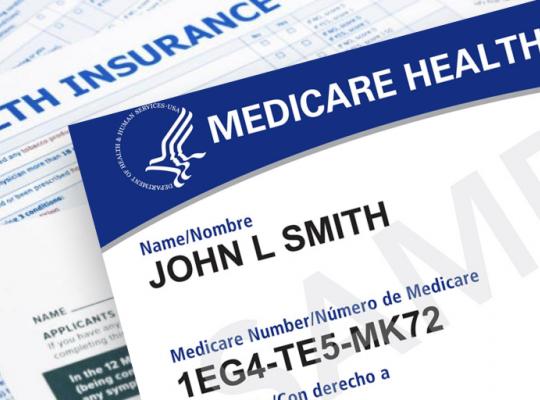Medicare Coverage in the United States
History of Medicare Coverage
The year 2015 marks the 50th anniversary of Medicare. The program has successfully kept many seniors out of poverty for five decades due to skyrocketing health care costs. Medicare beneficiaries include those over 65, younger people with certain disabilities and those completely dependent on kidney dialysis. It should be remembered that Medicare does not cover everything.
- Part A: which covers inpatient care at a hospital or a skilled nursing facility following a hospitalization. Some home health care is covered, as well as some hospice care. The 2015 deductible for Part A is $1260.
- Part B: which covers outpatient care, physicians and other health care providers, some medical equipment and some preventive care. The deductible for 2015 is $147. The co-payment for out-of-hospital visits is 20%.
- Part C: which is called Medicare Advantage. Medicare beneficiaries who are enrolled in Parts A and B can elect to have their medical expenses covered by a single carrier handled by a private insurance company. It is available in most areas. All benefits are joined together in one plan, which may be in the form of an HMO or PPO. With an HMO, the beneficiary is restricted to in-network providers, while a PPO allows more choice.
- Part D: which is prescription drug coverage. There are a number of different plans with varying deductibles. In 2015, the maximum deductible is $320 and in 2016 it will be $360.
Another alternative covering out-of-pocket expenses is Medigap coverage. This is also handled by private companies with varying premiums. There are ten different plans. In general, the higher the premium, the better the coverage. It does not, however, cover Part D.




Comments